It was announced today that the UK is spending more on financing inequality in favour of the rich than anywhere else in Europe. It does not take long to see that inequality in operation. In a classic case of class warfare, you only need to try to get from A to B to realize how miserable a place this is for the general public. The Prime Minister himself cannot bear the thought of travelling by train, so he takes a jet instead. A fine example of how the other half lives if ever there was one.
While there always tends to be room in first class, most British citizens willingly accept mediocrity when it comes to travelling by train. Especially in the Midlands and the North.
Good Luck Finding A Seat
Just try to get around in the UK and you will find mediocrity without much bother. I caught a train from Stoke-on-Trent to Birmingham at the weekend. That should not be too difficult, a direct train between two prominent locations on the rail network. Alas, it proved memorable for all the wrong reasons. Even booking the tickets is such an ordeal as prices fluctuate between operating companies, routes, and the time of day so get out a pen and paper before you commit.
There are simpler, easier, more effective rail systems, and you can find them in abundance in mainland Europe. Just book a cheap flight (far easier than getting a train ticket) to find out how rail transport can be done, almost effortlessly.
On a trip to the Basque Country in Northern Spain, I could buy an inexpensive travel pass to cover my excursions from the French border to San Sebastián and onto Bilbao. Even in the cities themselves, whether on the train or on the bus. While the UK pussyfoots around committing to a high-speed train line (known colloquially as HS2), Spain has recently invested in ‘Y-Basque’, a civil engineering project to link the Basque Country closer to the rest of the country and France. Improving on an already successful transport network, imagine that.

Even without the project, I was pretty much guaranteed a seat as I made my way across Northern Spain. On my connecting train from Bordeaux, the Wi-Fi was a comparative marvel and I had an allocated seat with not a single individual standing in the aisle. I was even told off for standing in the wrong position to board the train.
Further afield, in Australia, they have so many vacant seats that they can play around with them. Double-decker trains with two levels of seating should feel revolutionary alone. Then you consider the reversible seats which you can simply move to and fro. Create a six-seater arrangement for you and your mates or have a row for you and your loved ones. No, in the UK we are simply elated to be able to sit down.

Compare that to my experience on Sunday on Crosscountry Trains when I was lucky that the train was not cancelled yet:
- I was forced to stand for over an hour in a dangerously overcrowded train amongst pensioners and children.
- There was no room for wheelchairs or prams.
- There were no checks for my outbound ticket rendering the whole ordeal of booking and paying for the journey rather pointless.
When the public services are so dire you couldn’t possibly imagine anyone needing assistance to dare try it, then you know you’re in trouble.
How Failing UK Railways Fund The Rest Of Europe’s Rail Networks
It should be so much easier yet privatisation has scuppered any tangible chances of investment due to outright greed. Where you could imagine vacant seats, numerous trains every hour on busy routes, well-paid staff, and reasonably priced tickets, shareholders are the only victors. Shareholders that likely would not dare risk buying a ticket to mingle with the masses. That and Europeans.
Yes, that’s right. While British taxpayers are expected to pay exorbitant train fares to (hopefully) get a seat, they can expect to see the profits diverted from improving their own rail network to funding those in other European countries. There’s even an advert mocking the situation. Nice one, privatisation.
Billions of British taxpayer money has gone to European rail companies. Effectively, they own vast parts of the UK rail network and see it as a great investment. Overcrowded trains full of passengers paying through the nose, makes sense. Arriva Trains operates London Overground, CrossCountry, and Chiltern Railways amongst others. The company was owned by the German government, which has recently sold it to a global infrastructure investment manager. So it’s now unclear who directly benefits, yet Arriva remains a strong investment as fares go up and up.
While the chances of failing to find a seat in Spain or France are slim, you imagine that our European counterparts would not stand for it (pun unintended). Comparatively, trains in mainland Europe are frequent, reliable, clean, affordable, and comfortable. The stations are well-populated with staff and few envisage them without ticket offices, as was planned in the UK. Many European cities also have integrated railway airports, unlike the UK where you need to plan ahead if you dare want to catch a flight too.
Failing To Invest
While other countries have prioritised their rail networks, Britain is stuck in the dark ages. Instead of being bold with investment and embarking on high-speed trains to catch up, the costs have spiralled leaving the HS2 project in limbo with much of the building work half-done. Swathes of countryside are simply left gaping for a rail project with little sign of resuscitation. Another example of class warfare where the Northern Powerhouse is left languishing amid a doubling-down of a failed ‘levelling up’ agenda.
A farm in Warwickshire has even suffered flooding due to the part-building of HS2. Destruction of British nature and agricultural land at the expense of a rail project that may not even happen. The whole project reeks of a lack of foresight and a distinct lack in duty of care.

The Embarrassment Of HS2
Cancelling HS2 is rightly embarrassing when you consider how the rest of the world operates. If you can afford to pay for the rail season ticket, can you afford to be regularly late or not even get to work at all due to a train strike? Consider the same scenario in Japan, where a ‘delay certificate’ is issued should your train be late. Few have seen such certificates as it happens so rarely.

Getting a train on an occasional basis is enough of an ordeal yet employees and their businesses have lost out on what could have been. Aside from the later-than-scheduled (and now non-existent) investment in ambition that HS2 represents, there is the wider cost to business confidence and how foreign investment can be put off. You can easily see why businesses would be scared to invest in Northern cities like Manchester and Liverpool when transport links are so poor.
There’s a significant sense of dread when it comes to travelling by train in the UK. That anxious look at the board to check that 1. Your train is still running and 2. It’s running on time. If the train does arrive then there is further anticipation to gauge how crowded it will be onboard. Chances are, you will already see passengers standing up rendering your chances of sitting down slim to none. Actually gaining a seat on a train should not be a cause for celebration, it should be the bare minimum.
A failure to invest in improving the rail network is another truly British example of accepting mediocrity. Put it alongside an NHS in permacrisis, crumbling pavements, potholed roads, inflation-hit groceries, and stagnating wages for the public sector. According to co-executive director of the Equality Trust, Priya Sahni-Nicholas, “Inequality has made the UK more unhealthy, unhappy and unsafe than our more equal peers“. Give us some hope so we no longer have to accept such mediocrity.


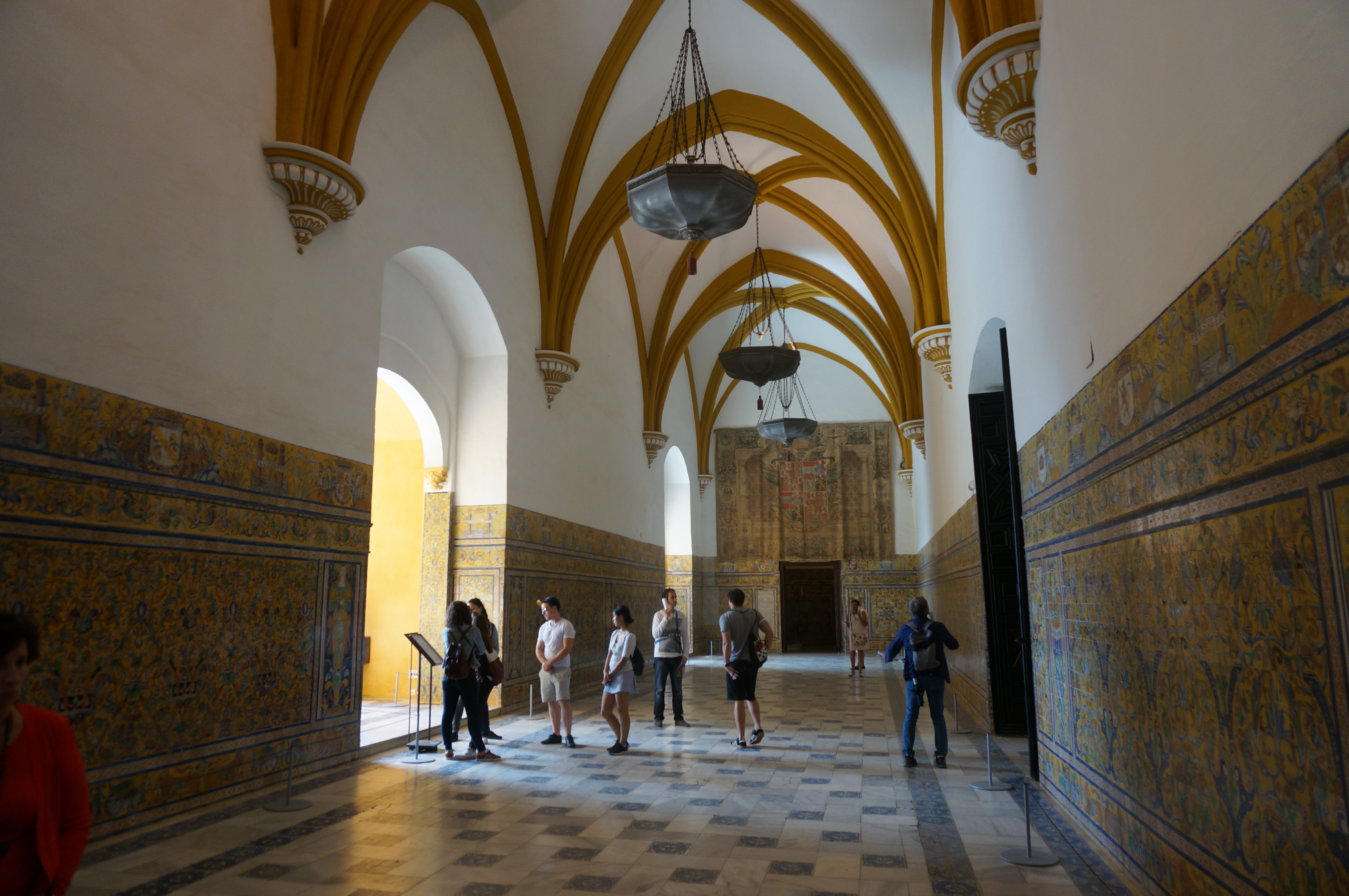






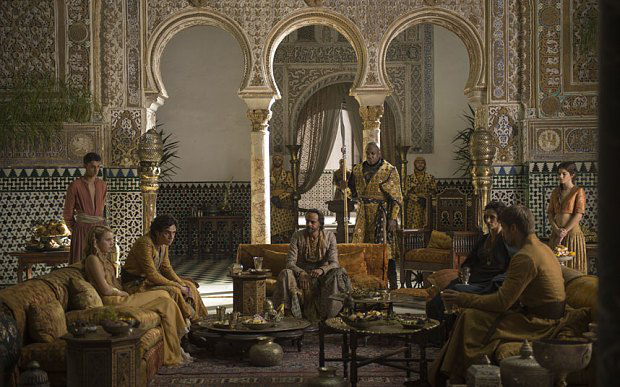






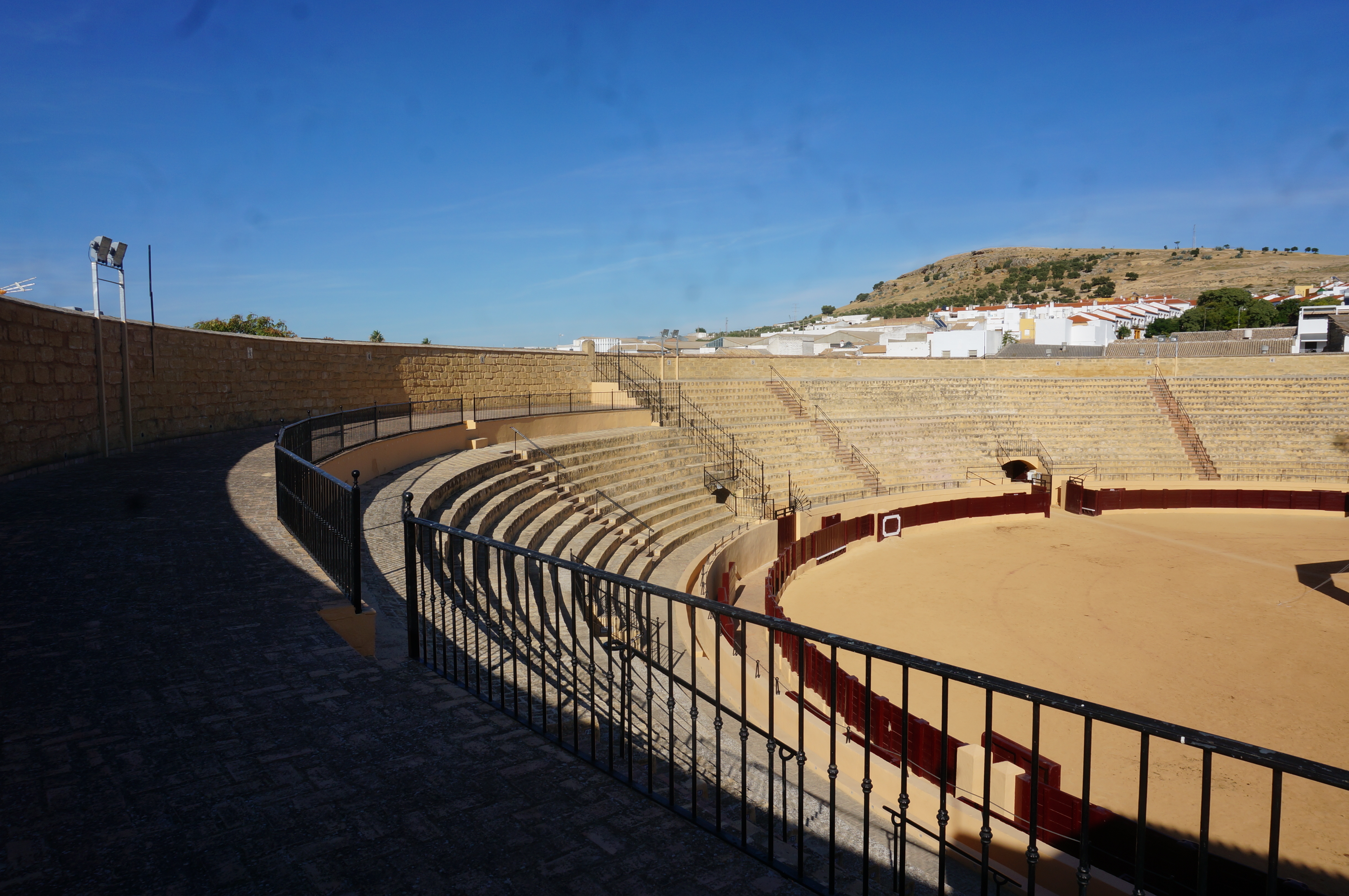


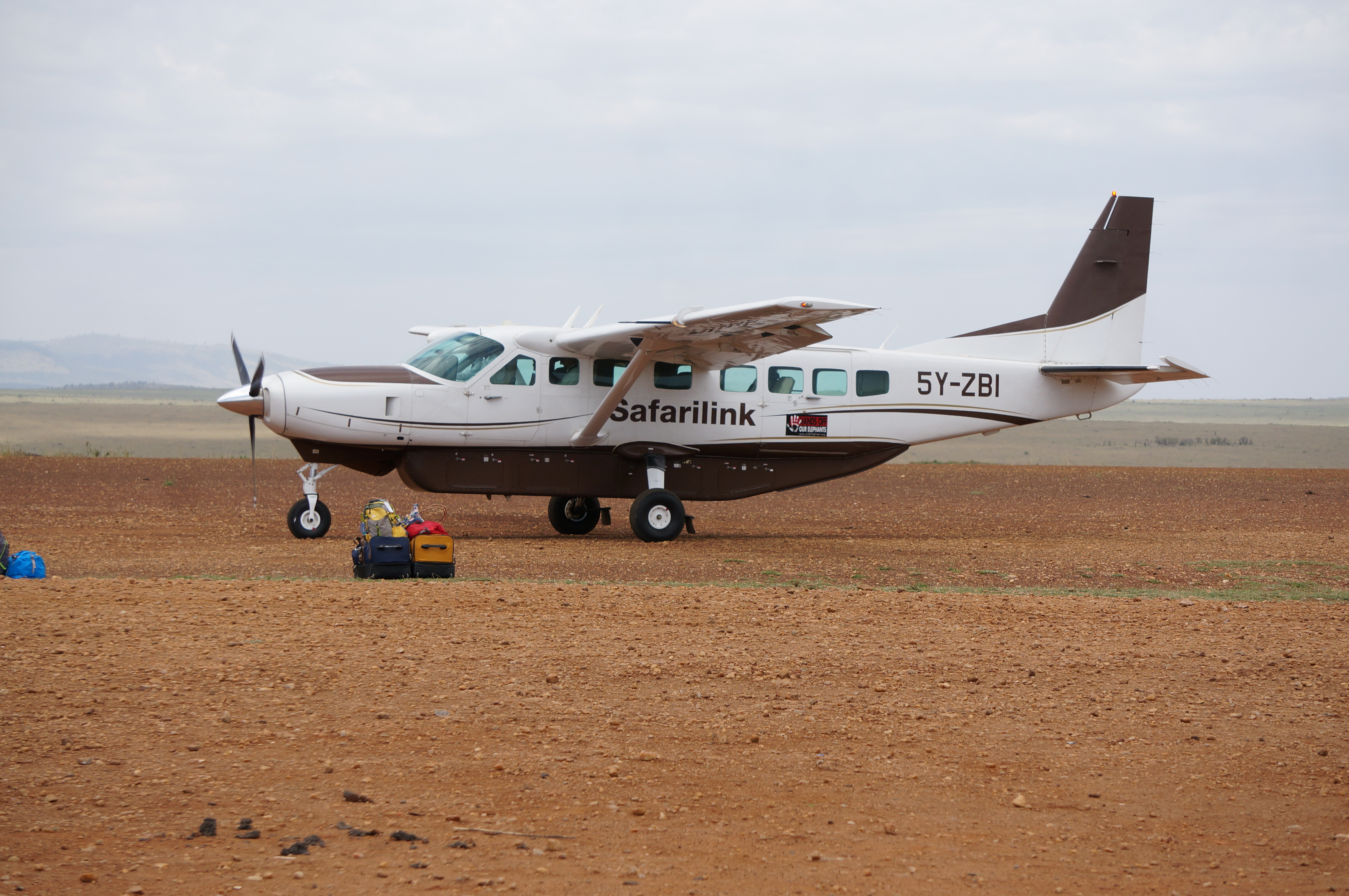
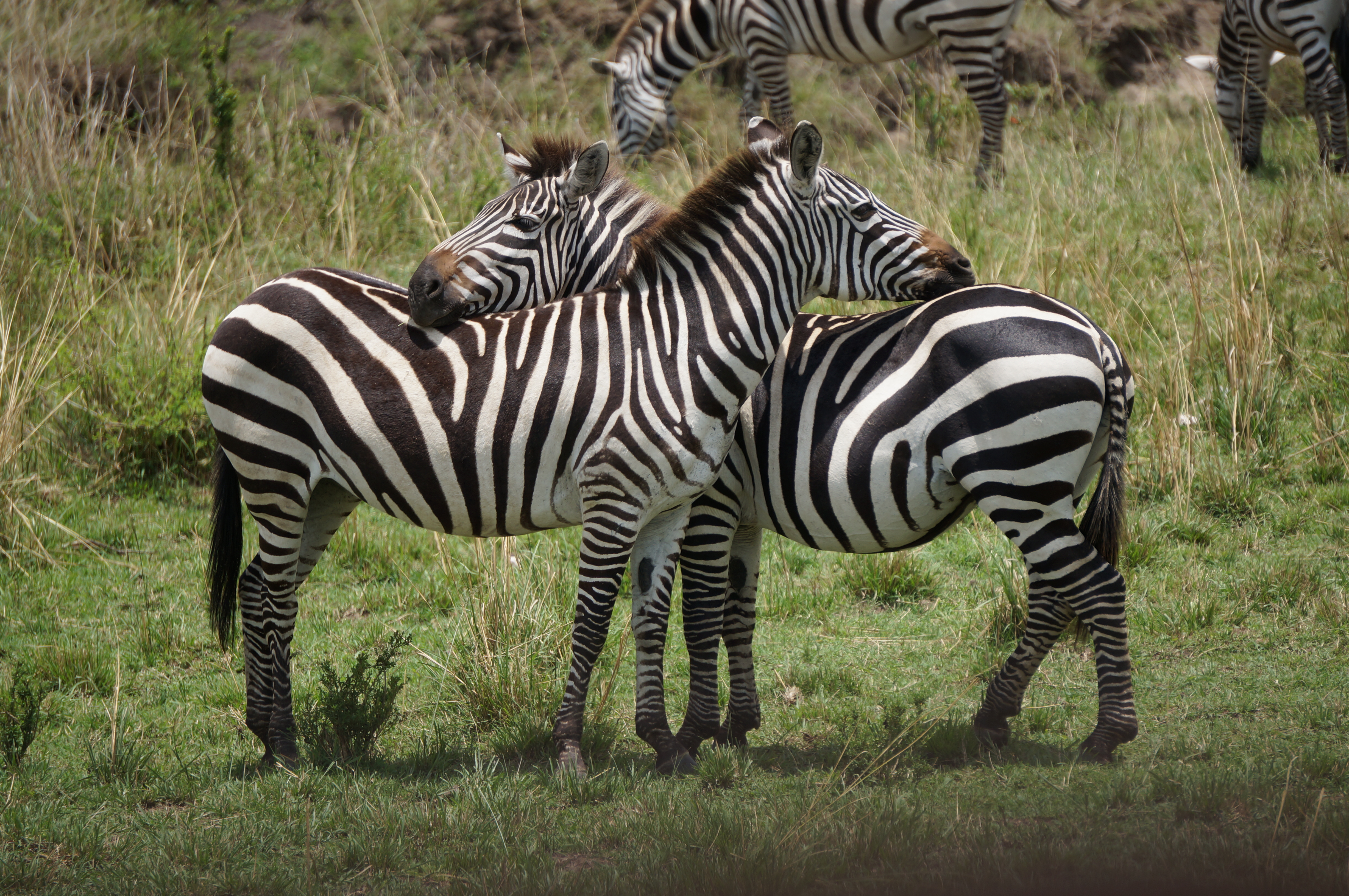

 In order to best see the majesty of the bush it is best to get there early. With my mobile alarm set I woke to the sound of birdsong, surely the best wake-up call on Planet Earth as Attenborough would say. Then watched as the red morning light diffused from sunrise. What became obvious over the next few days was the familiarity of the bush. On the first morning we were greeted with a family of giraffes mingling with zebras. We soon found out that due to the successful policing of the poachers the animals really did not mind us. Giraffes stared at us with a vague interest then continued munching on foliage. Strangely, considering their prevalent role in The Lion King, warthogs and meerkats were easily the shyest of animals we encountered.
In order to best see the majesty of the bush it is best to get there early. With my mobile alarm set I woke to the sound of birdsong, surely the best wake-up call on Planet Earth as Attenborough would say. Then watched as the red morning light diffused from sunrise. What became obvious over the next few days was the familiarity of the bush. On the first morning we were greeted with a family of giraffes mingling with zebras. We soon found out that due to the successful policing of the poachers the animals really did not mind us. Giraffes stared at us with a vague interest then continued munching on foliage. Strangely, considering their prevalent role in The Lion King, warthogs and meerkats were easily the shyest of animals we encountered.





